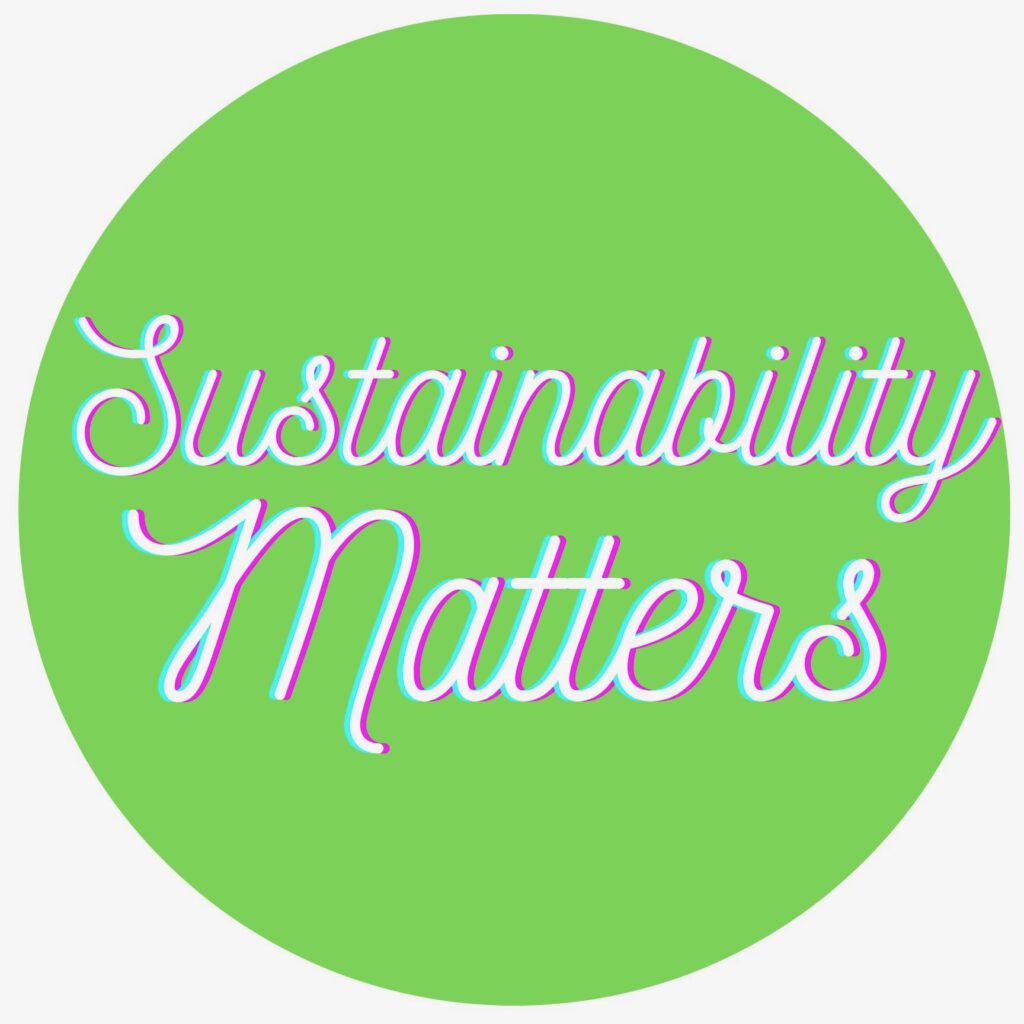In recent years, we have seen a social media-fueled uptick in the popularity of house plants. During the start of the COVID pandemic in 2020, the demand for houseplants grew by 18%, a trend that has continued in recent years. These days, ⅔ of US households own at least one houseplant! Having houseplants is an undeniable small joy, we get to care for something and watch as that energy blossoms and blooms into new leaves and bright flowers.
Caring for house plants brings a sense of life to a space and a responsibility to their owners, which is part of the reason they have become so popular in recent years. While buying plants to fill our homes may seem eco-friendly, the significant demand for houseplants has started to reveal issues of sustainability and environmental impact in the industry. As any industry grows, businesses look for ways to cut corners and increase profits, often at the expense of sustainable practices. In this post, we’re going to identify some of the environmental concerns in the industry and explore ways we as a consumer can limit some of the negative impacts we have started to see.
You can find potted houseplants in every grocery store. We do not have to go far to find colorful plastic pots containing orchids, succulents, and the ever-popular pothos seemingly begging to be taken home. But before you give into the impulse of adopting another plant into your collection, pause to consider a few things.
The majority of houseplants are produced in large industrial facilities with highly controlled conditions that require large amounts of energy to maintain. These greenhouses generate incredibly large amounts of carbon emissions as they work around the clock to create perfect growing conditions for a wide variety of plants, using significant resources in order to artificially create the necessary amounts of warmth and light. And more often than not, that resource is fossil fuels, one of the planet’s most damaging and least sustainable sources of energy.
In addition to the resources required to grow the plants, these facilities are often thousands of miles away from your grocery store around the corner, meaning even more resources were consumed in the transportation of these plants.
Another significant concern in the sustainability of houseplants is the over-extraction of the resource peat. Peat is a type of soil composed of partially decomposed organic material and is the most commonly used soil for indoor houseplants. It is a non-renewable resource most often found in wetlands that takes thousands of years to form. Not only is peat a non-renewable resource, peatlands also hold enormous amounts of carbon that are released into the atmosphere during the process of harvesting. These emissions then directly contribute to patterns of climate change and global warming.
From production to your doorstep, houseplants are a sneaky culprit of large amounts of carbon emissions and all of this information might feel like a wordy and overwhelming way of discouraging you from owning houseplants, but that’s not the case! Learning the impacts of large industrial greenhouses, peat extraction, and transportation emissions can help all of us shop smarter when it comes to the next time we decide to add another baby to our plant collections.
To start, take stock of the plants you have and be honest with yourself about your capacity to care for more. While the aesthetic of filling your shelves with plants can be tempting, I think we have all been guilty at least once or twice of overestimating our green thumb. Before bringing a plant home, do your research on how much time and effort its care will take and evaluate if it can be a good lasting fit for your space. None of us are perfect, and a houseplant will likely die at our hands at some point, but focusing on the plants you have first is a kind action for your green friends, the planet, and your wallet as well.
Next, try to shop local and native! Plants grown in traditional soil in your area will always be a more sustainable choice than a grocery store plant from out of the area. Shop local stores and nurseries and pay extra attention to where your plant naturally grows and where it was sourced from.
If you find an exotic plant you absolutely must have, do your research on the company you are buying from. Where was the plant grown? Was it grown in a natural environment or a curated space in an industrial greenhouse? A tropical plant grown in its natural habitat may need to travel far to reach you, but that can be balanced out by the energy and resources conserved if it was grown in its native environment instead of an artificial one.
Overall, my favorite strategy for limiting the potential negative impacts of plant shopping is to stay within your own community. This can look like sharing propagations and clippings among friends, seeking out plant swaps, thrifting ceramic pots and reusing them, and purchasing from local nurseries that prioritize sustainable growing practices. One huge perk of the growing popularity of houseplants is that there are so many eco-friendly opportunities right in our own neighborhood to engage in the joy of collecting and growing plants in our own homes.
This post does not exist just to discourage you from buying more plants to fill your home, but instead to encourage more thoughtful purchases and plant exchanges as you consider the larger impacts of your collection. Keep growing and stay green!

